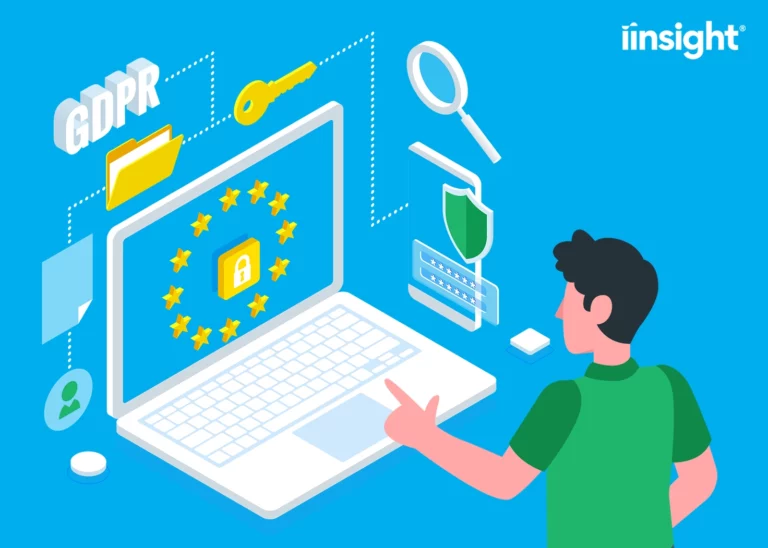Work Health and Safety (WHS) management system software solutions provide efficient workflow management, better productivity, and increased data security. On top of that, WHS management systems allow healthcare practitioners to focus on their primary goal: providing excellent medical treatment and care.
If your practice is using a work health and safety platform for the first time, it can be quite confusing. Leading systems often feature several integrations and processes that can overwhelm a new user. With that, here is a quick and easy guide to the basics of a WHS management system software:
Patient Case Management
High-quality WHS systems allow effortless data entry with a simple drag and drop method. You can move files right from your computer into the system without any fuss! Some trusted providers even offer add-ons for Microsoft Outlook integration so you can easily save email attachments to the system.
Moreover, you can create your own folders and add document labels to keep everything organised according to different categories. Patient case management through a verified system is much easier compared to manual organisation.
Customer Service Management
As a healthcare provider, your customer’s needs are of utmost importance. Luckily, first-rate WHS management system software can provide helpdesk and customer support integrations. Attend to your patient’s issues quickly and effectively with a customisable customer engagement system.
Data Storage Management
If you are a regular internet user, then you might be familiar with cloud-based storage systems. This system is also being implemented in WHS software to provide better data security. Some features include access to patient records from any device, 24/7 security monitoring, multi-factor authentication, and data encryption. Familiarise yourself with these features to make the most out of your cloud storage.










